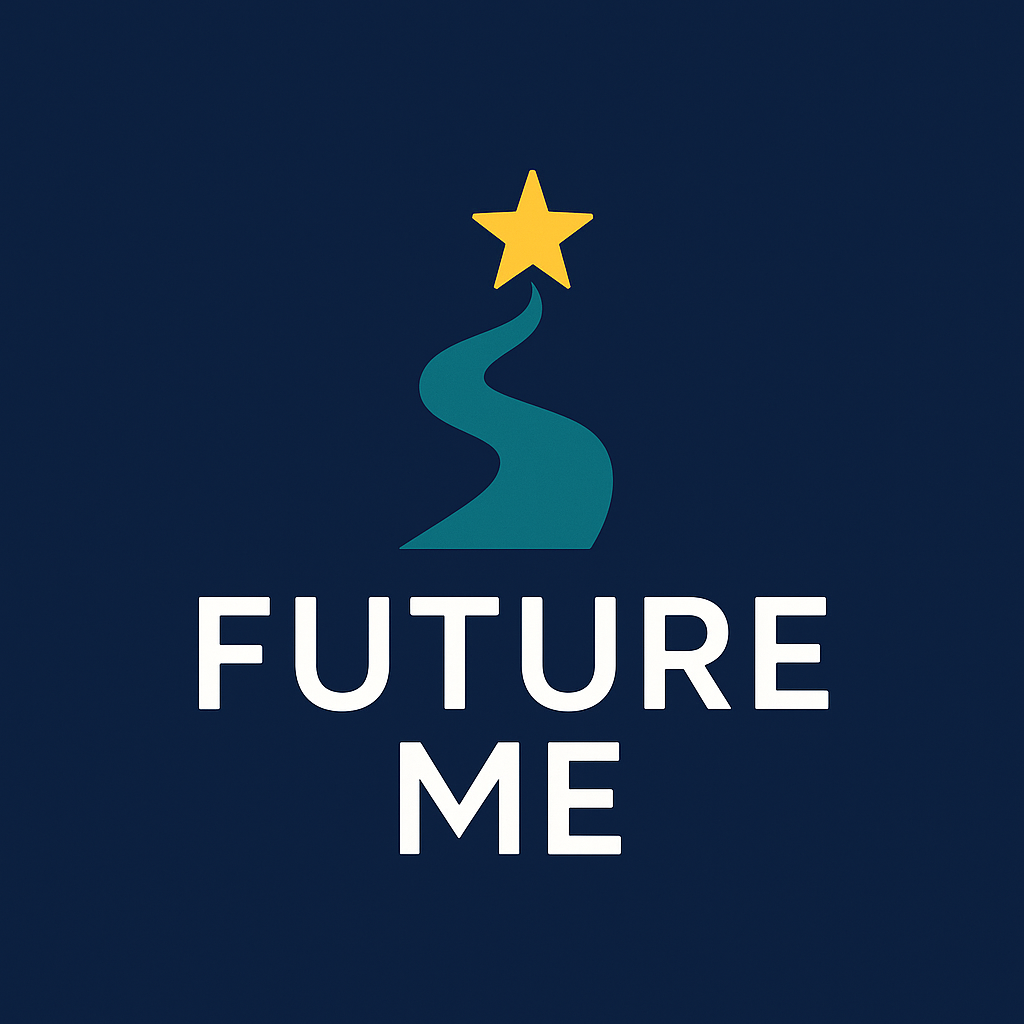If you ask a child, “What do you want to be when you grow up?”, you’ll usually get a quick answer — astronaut, footballer, teacher.
But ask, “Who do you want to become?” and watch them pause.
That’s the harder question. And yet, it’s the one that really matters.
At the heart of the Future Me programme is the Future-Self Identity Model, built around five core principles that help children not just dream about the future, but believe in it and work towards it:
- Future-Self Salience – Pupils vividly imagine attainable, meaningful future selves.
- Present-Future Connection – Pupils see how today’s actions shape their future.
- Emotional Engagement – Pupils feel emotionally invested in who they are becoming.
- Small, Repeated Activation – Pupils experience regular prompts to strengthen future-self thinking.
- Equity and Opportunity – Every pupil sees themselves as capable of a valued future, whatever their background.
At the very centre of this model is one simple but powerful idea: what I do today shapes who I become tomorrow.
Let’s Focus on Principle One: Future-Self Salience
It sounds a bit technical, but really it just asks:
Can a child picture their future self clearly enough that it feels real and worth working towards?
If they can, their everyday choices start to have meaning. That maths lesson isn’t just numbers—it’s a skill their future self might need to become a builder, designer, or run their own business.
Research shows that when pupils vividly imagine who they could become, they’re more likely to stay motivated, keep going when things get tough, and believe their effort matters.
What Does This Look Like in Real Life?
Take Jack. He’s convinced he’s “just not a maths person.” He gives up quickly and avoids hard tasks.
But in a Future Me session, Jack started talking about his love of inventing things and how he’d love to design his own product one day. His face changed when we connected that dream to the maths he’s learning now. Suddenly, maths wasn’t just about getting the right answer — it was part of the story of who he’s becoming.
That’s Future-Self Salience in action. And it doesn’t need a big intervention — sometimes it just needs a conversation, a well-timed question, or a small moment of belief.
A Thought to Take Away…
If our pupils can’t picture a future that feels hopeful, meaningful, and attainable, why would they believe their choices today matter?
Sometimes the most powerful thing we can do isn’t teach content — it’s help them believe their future is worth working for.


